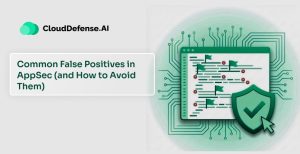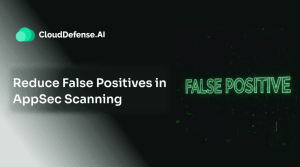What is UEBA?
Let’s break down what UEBA actually means. User and Entity Behavior Analytics, it’s a mouthful, I know. But it’s pretty straightforward when you think about it.
The term “User” is obvious, it refers to the people in your organization. We’re talking about employees, contractors, or anyone who has access to your systems.
“Entity” covers everything else such as devices, networks, applications. Basically, any non-human thing that’s part of your IT setup.
“Behavior Analytics” is where the actual work happens. It’s all about watching what these users and entities do, learning their normal patterns, and then spotting when something’s off.
Gartner came up with this term back in 2015, building on the older idea of just watching user behavior. But UEBA goes a step further as it doesn’t just track what humans do, but also keeps tabs on things like servers, routers, and all those internet-connected gadgets we have nowadays.
The cool thing about UEBA is that it’s really good at catching sneaky threats from the inside. You know, like when someone’s account gets hacked or when an employee goes rogue. These threats are tricky because they often look like normal traffic, but UEBA uses some clever tech to spot the subtle differences.
Why UEBA Outshines Traditional Security?
First off, traditional security is all about rules. “If this happens, do that.” It’s simple, but it’s also pretty rigid. Hackers have gotten pretty good at slipping through these inflexible defenses.
UEBA, on the other hand, is more like a detective. It doesn’t just follow a set of rules – it learns the patterns of your network and spots when something’s not quite right. It’s always adapting, which makes it way harder for the bad guys to outsmart.
Another big plus? UEBA doesn’t flood you with false alarms. Old security systems are notorious for crying wolf, leaving IT teams exhausted and sometimes missing real threats. UEBA is smarter about this. It ranks threats, so you know what needs attention now and what can wait.
UEBA is also a champ at catching insider threats. Traditional security is great at stopping outside attacks, but it often misses when someone inside the company is up to no good. UEBA keeps an eye on everyone and everything, so it catches those sneaky internal threats that other systems miss.
Lastly, UEBA gives you the big picture. Old systems tend to focus on single events. UEBA looks at everything together, connecting dots that humans might miss. In short, UEBA is like upgrading from a guard dog to a whole team of smart, tireless security experts. It’s more flexible, more intelligent, and way better at keeping up with the tricks hackers come up with these days.
How UEBA Works?
Imagine UEBA as a super-smart security guard for your digital world. It starts by watching everything that happens on your network such as who’s logging in, what files they’re accessing, when they’re doing it, you name it. It’s like it’s taking notes on what “normal” looks like for your company.
As it gathers all this info, UEBA uses machine learning to get better at understanding what’s typical. The more it watches, the smarter it gets, kind of like how you get better at spotting your friend in a crowd the more times you’ve seen them.
Now, with this baseline in place, UEBA starts comparing current activity to what it expects to see. If something seems off, it raises a flag. Maybe someone’s logging in at weird hours, or a server’s suddenly sending out way more data than usual. UEBA spots these oddities.
To do all this, UEBA taps into a bunch of different sources:
- Network gear like firewalls and VPNs
- Security tools like antivirus software and intrusion detection systems
- User databases that show who should have access to what
- Threat intelligence feeds that keep it up to date on the latest cyberattack tactics
- Even HR systems, because sometimes insider threats come from unhappy employees
When UEBA spots something weird, it doesn’t just sound like a general alarm. Instead, it rates how risky the behavior seems. A couple of failed logins might get a low score, but someone trying to download a ton of sensitive files would set off major alarms.
This scoring system is super helpful for security teams. It helps them focus on the big problems without getting swamped by false alarms. Plus, it keeps track of small issues that might add up to something bigger over time.
Three Pillars of UEBA
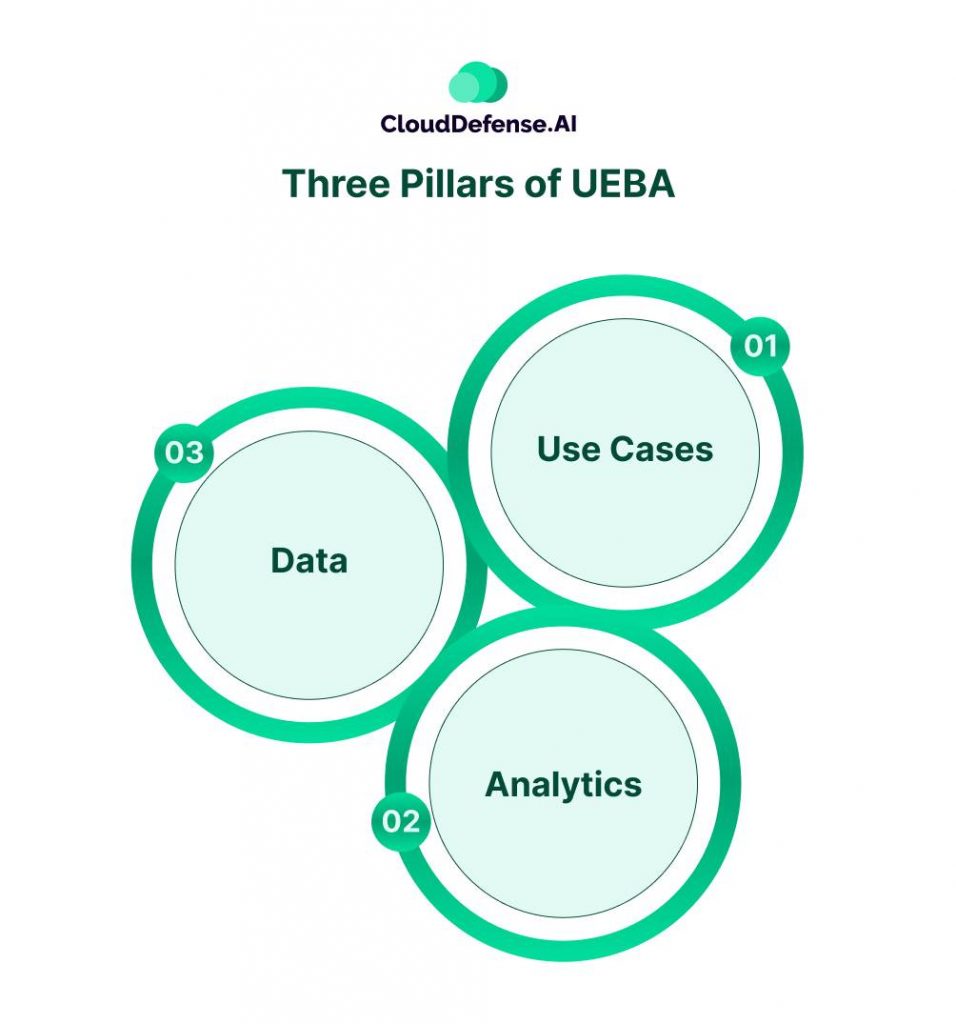
Alright, let’s break down UEBA into its core components. Think of these as the three big ideas that make UEBA tick. We call them pillars because they’re what hold the whole thing up.
1. Use Cases
First up, we’ve got use cases. This is all about knowing what you’re looking for. It’s like having a list of “most wanted” behaviors that could spell trouble.
For example, you might be on the lookout for someone trying to access sensitive files they shouldn’t be touching. Or maybe you’re watching for an employee who suddenly starts working weird hours. Each company has its own set of red flags, and UEBA is built to spot them.
2. Data Sources
Next, we’ve got data sources. This is where UEBA gets its smarts from. It’s like giving your security system a bunch of different eyes and ears all over your network.
We’re talking about logs from your firewalls, info from your HR system, data from your email server – you name it. The more sources you feed into UEBA, the better it gets at spotting trouble. It’s like connecting all the dots to see the full picture.
3. Analytics
Last but definitely not least, we’ve got analytics. This is the secret sauce that makes UEBA so powerful. It’s not just collecting data – it’s making sense of it all.
UEBA uses some pretty clever math and machine learning to sift through all that information. It’s looking for patterns, anomalies, and connections that a human might miss. Think of it like having a super-smart analyst who never sleeps, always crunching the numbers to keep you safe.
Together, these three pillars make UEBA a powerhouse in the world of cybersecurity. It knows what to look for, it gathers info from everywhere, and it’s smart enough to put it all together and spot the real threats. That’s what makes it such a game-changer for keeping networks safe.
Benefits of UEBA
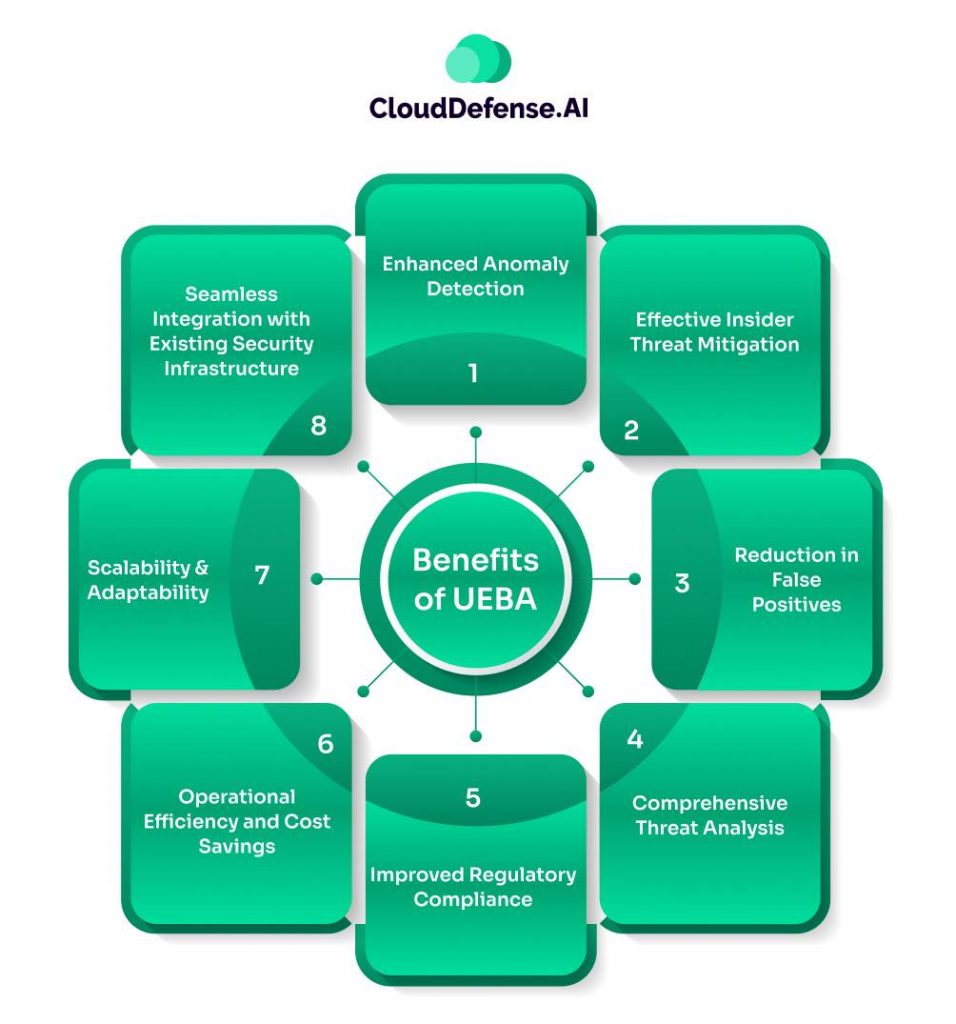
Let’s talk about why UEBA isn’t just a nice-to-have, but a real game-changer for companies these days. Here’s the scoop on why businesses are jumping on the UEBA bandwagon:
1. Enhanced Anomaly Detection
First off, UEBA is like having a super-smart security guard who never misses a trick. It spots those weird little things that humans might overlook. Maybe it’s an employee accessing files at 3 AM, or a server suddenly sending out tons of data. UEBA catches these oddball behaviors that could mean trouble’s brewing.
2. Effective Insider Threat Mitigation
UEBA is ace at spotting insider threats. We’re talking about those tricky situations where someone inside the company goes rogue, or a hacker uses a legit employee’s credentials. Traditional security often misses these, but UEBA is all over it.
3. Reduction in False Positives
You know how annoying it is when your car alarm goes off for no reason? Traditional security can be like that, constantly crying wolf. UEBA cuts down on these false positives big time. It’s smart enough to know what’s really a threat and what’s just business as usual.
4. Comprehensive Threat Analysis
UEBA doesn’t just look at isolated events – it sees the big picture. It might spot a series of small, seemingly harmless actions that, when put together, spell out a major security risk. It’s like giving your security team a crystal ball.
5. Improved Regulatory Compliance
For companies dealing with strict regulations (looking at you, healthcare and finance), UEBA is a lifesaver. It helps track who’s accessing what data and when, making it way easier to prove you’re following all the rules.
6. Operational Efficiency and Cost Savings
By automating a lot of the security process and helping teams focus on real threats, UEBA can save companies a ton of time and resources. It’s like having a whole team of security analysts working 24/7, but without the massive payroll.
7. Scalability and Adaptability
As your company changes and grows, so does UEBA. It’s constantly learning and adjusting, so your security stays top-notch even as your business evolves.
8. Seamless Integration with Existing Security Infrastructure
UEBA doesn’t just work alone – it works great with your existing security setup. It can make your SIEM smarter, your firewalls more effective, and generally boost your whole security game.
UEBA Best Practices
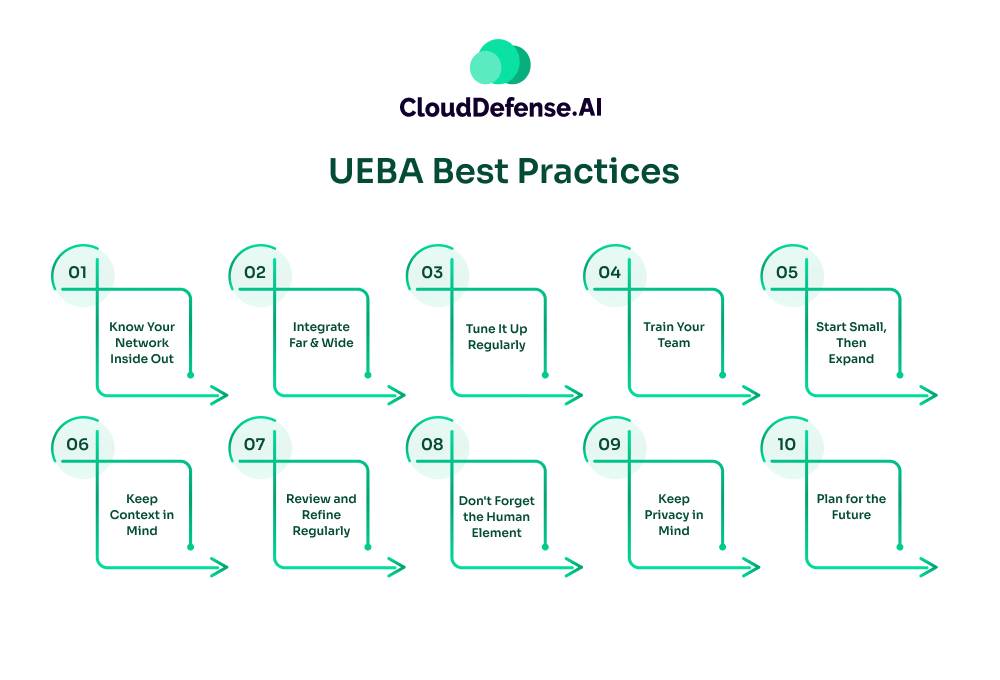
When it comes to getting the most out of UEBA, there are some smart moves that can really make a difference. Here’s a rundown of best practices that’ll help you nail your UEBA implementation:
1. Know Your Network Inside Out
Before you jump in, get a solid grasp on what’s normal for your network. What does a typical day look like? Who accesses what, and when? The better you understand your baseline, the more effective UEBA will be at spotting the odd stuff.
2. Integrate Far and Wide
Don’t be stingy with data sources. The more you feed into UEBA, the smarter it gets. Hook it up to everything from your firewalls to your HR systems. It’s like giving UEBA a pair of super-powered glasses to see your whole network.
3. Tune It Up Regularly
UEBA isn’t a set-it-and-forget-it deal. You’ve got to fine-tune it as you go. Tweak those algorithms, adjust sensitivity levels, and keep teaching it what’s normal and what’s not. It’s an ongoing process, but it pays off big time.
4. Train Your Team
Your security folks need to know how to dance with UEBA. Make sure they’re trained up on how to use it, interpret its alerts, and investigate when it flags something. A tool is only as good as the people wielding it.
5. Start Small, Then Expand
Don’t try to boil the ocean right off the bat. Start with a few key use cases or departments, get those humming, and then gradually expand. It’s like learning to walk before you run – it’ll save you headaches in the long run.
6. Keep Context in Mind
Remember, UEBA is smart, but it doesn’t know everything. Make sure your team considers the bigger picture when investigating alerts. Sometimes what looks fishy at first glance has a perfectly innocent explanation.
7. Review and Refine Regularly
Set up a schedule to review how UEBA is performing. Are you getting the insights you need? Are there too many false positives? Use these check-ins to refine your approach and keep improving.
8. Don’t Forget the Human Element
UEBA is a powerful tool, but it’s not meant to replace human expertise. Use it to augment your team’s skills, not replace them. The best security comes from blending smart tech with human insight.
9. Keep Privacy in Mind
While you’re gathering all this data, don’t forget about privacy concerns. Make sure you’re complying with regulations and respecting user privacy. It’s a balancing act, but an important one.
10. Plan for the Future
Cybersecurity is always evolving, and so should your UEBA strategy. Keep an eye on emerging threats and new technologies. Be ready to adapt your UEBA approach as the landscape changes.
Bottom line
In today’s world, where cyber threats are getting trickier by the day, UEBA gives companies a serious edge. It’s like upgrading from a standard alarm system to a high-tech, AI-powered security force. For any company serious about keeping its data (and its reputation) safe, UEBA isn’t just nice to have, it’s becoming a must-have.
By following these best practices outlined in the article, you’ll be setting yourself up for UEBA success. It’s not just about having the tool – it’s about using it wisely and making it an integral part of your security strategy. Get this right, and you’ll be way ahead of the curve in keeping your network safe.

